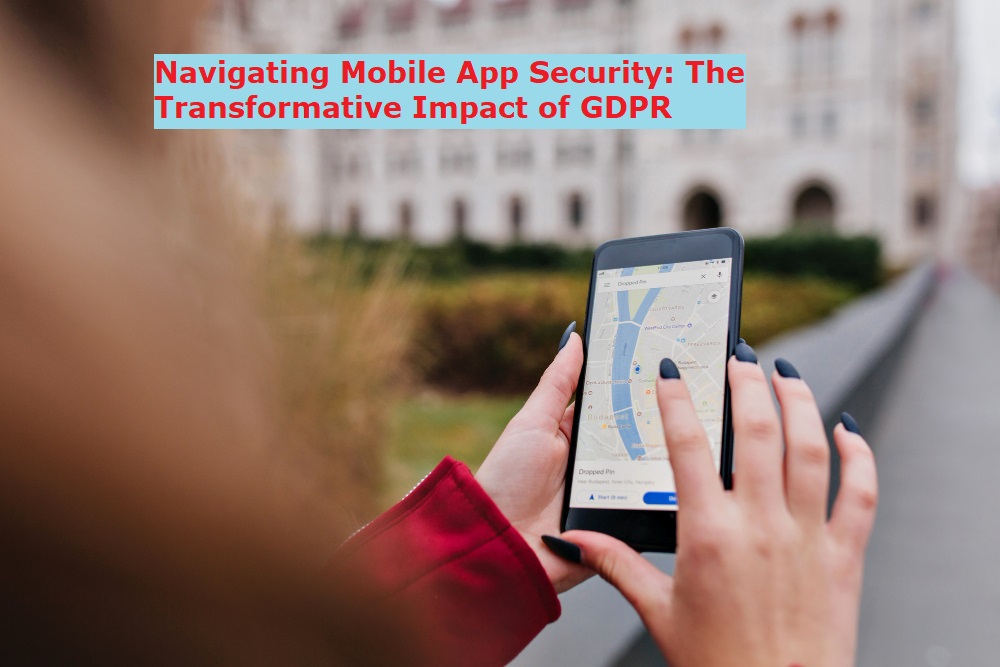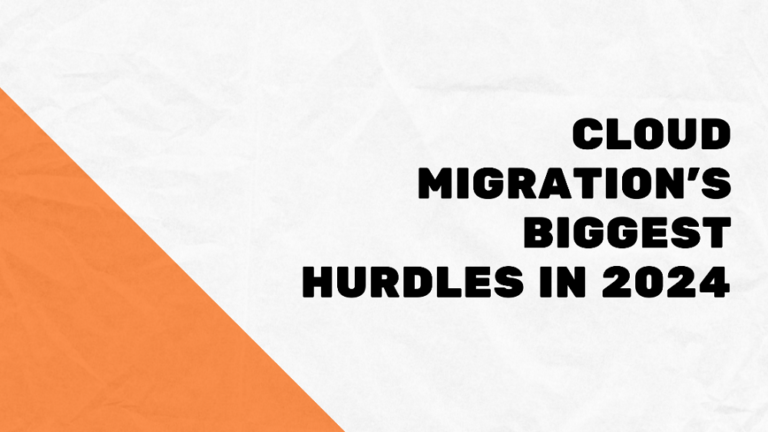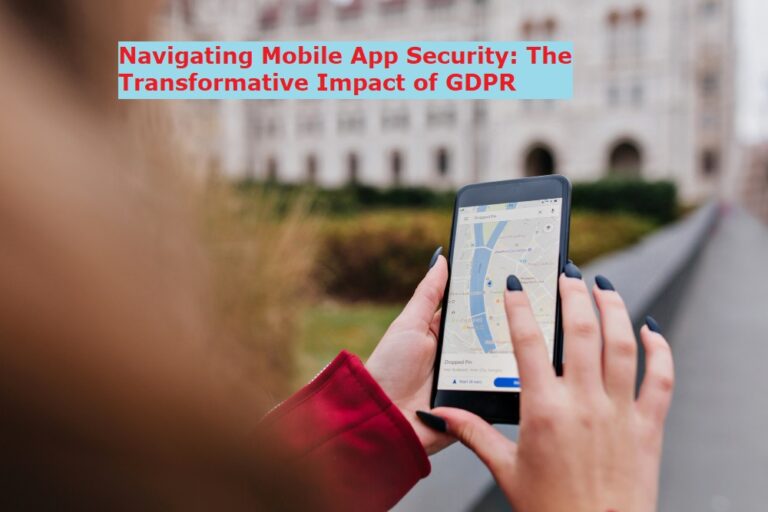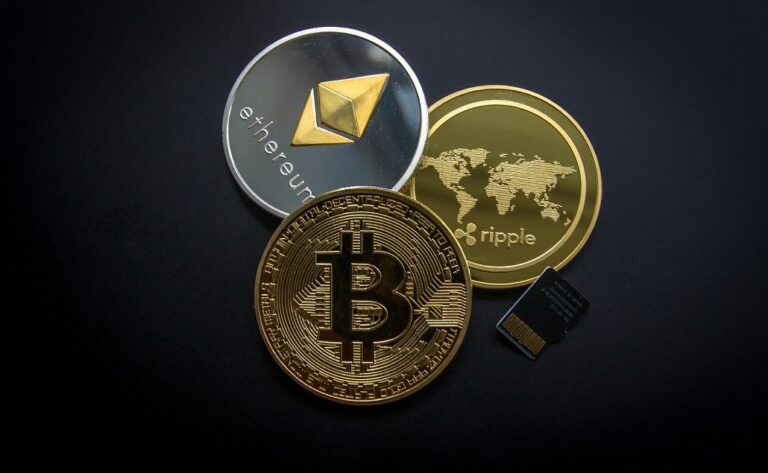In the age of the digital revolution, mobile applications have penetrated everyday existence, bridging us with the world of information, services, and human communication. As mobile app usage grows, robust security becomes necessary to ensure that users’ information and data are protected. One such crucial event regarding data protection is the GDPR of the EU which is a law that affects greatly mobile application security. This paper looks into the far-reaching consequences of GDPR on application safety, especially mobile apps.
Understanding GDPR’s Core Principles:
The General Data Protection Regulation that came into force on May 25, 2018, is meant to unify data protection legislation within EU member states and give power to individuals in their privacy rights. GDPR despite being an EU regulation has a worldwide effect, any business processing the data belonging to EU people should conform to its rigorous terms.
1. Data Minimization and Purpose Limitation:
Under GDPR, the data minimization principle demands that personal data to be processed should be adequate for a specific purpose. With this in mind, mobile apps as a major source of personal data need to be harmonizing their data practices for better security and customer trust.
2. User Consent and Transparency:
Consent is the basis on which every GDPR is built. Users should give their clear and informed consent before apps process their data. This requirement emphasizes the need for clear privacy policies and easy-to-use interfaces that give people control over their data.
Mobile App Security Measures in Light of GDPR:
3. Enhanced Encryption Standards:
In particular, GDPR highlights the significance of data security and obligates corporations to introduce strong encryption. Mobile app developers have to adopt the most sophisticated encryption protocol to ensure confidentiality of the transmitted data and data at rest, hence, enhancing the security of mobile applications.
4. Privacy by Design and Default:
This is why GDPR requires that privacy controls be built into apps as part of their development. Security measures for mobile apps should be proactively considered; the implementation must be part and parcel of the default settings. This is consistent with the “privacy by design” ideology that GDPR supports.
5. Data Subject Rights and Mobile Apps:
Under GDPR, the individuals have the right to access, rectify, and deletion of their data. Mobile apps should support these rights, providing simple and user-friendly front ends that allow people to take control of the data stored within the app.
6. Data Breach Notification Requirements:
GDPR requires immediate and clear communication when there is a data breach. Mobile app developers should create efficient methods of detecting and reacting to data breaches immediately. Swift notification is, therefore, in compliance with legality and increases consumer trust.
7. Cross-Border Data Transfers:
The transfer of data across borders is also needed by many mobile application that operate globally. GDPR limits such transfers and requires organizations to put safeguards in place or follow certain regulatory provisions. This aspect is especially important for mobile apps aimed at broad audiences.
8. Accountability and Documentation:
Accountability is proposed by GDPR meaning that organizations will be held responsible for complying with the GDPR principles. Therefore, mobile application developers should keep comprehensive records detailing their data processing approaches making them accountable to public scrutiny when questioned.
Challenges and Opportunities:
9. Impact on Third-Party Services:
Third-party services are used to increase functionality in some mobile apps. GDPR also applies to these third parties and therefore, there is a need for cautiousness in how they handle data. In turn, app developers should carefully select and work with compliant third-party services for risk mitigation.
10. User Education and Awareness:
GDPR’s principles reflect an increased need for digital privacy. The mobile app developers can use this opportunity to educate users about their data rights as well as the various security measures put in place to guarantee security. Transparent communication creates trust and reiterates the app’s data protection promise.
11. Innovation in Consent Mechanisms:
Mobile app developers must therefore be challenged to develop consent mechanisms that are easy to understand by users and do not violate GDPR’s emphasis on informed consent. User experience and compliance can be differentiated by apps, through user-friendly interfaces that explain data processing practices and provide granular consent options.
12. Data Protection Impact Assessments (DPIAs):
Data Protection Impact Assessments have to be conducted for high-risk processing activities as specified in the GDPR. Mobile app developers must conduct a systematic analysis of risks associated with data processing that have privacy implications embedded in the development process. DPIAs are one of the ways that help to detect and minimize possible vulnerabilities in security.
13. Ephemeral Data Handling:
Data minimization is compatible with GDPR’s underlying principles. Ephemeral data handling should now be adopted by mobile applications storing data for as short a period as possible. It also minimizes the chances of illegal access and illustrates concern about the scope of any possible data leak.
14. Emergence of Data Protection Officers (DPOs):
Organizations conducting mass processing of sensitive data, such as financial institutions and those dealing with public health data should have Data Protection Officers, according to GDPR. Although not compulsory for all mobile apps, the designation of a DPO can be of great strategic importance for apps handling huge amounts of user data. The DPO can offer an experience in sustainability compliance and act as the link to relevant data protection authorities when needed.
15. Geolocation Data Considerations:
Several mobile apps require geolocation data for different functions or reasons. This sensitive data is governed by several considerations that are provided by the GDPR and which focus on consent. Given that, app developers have to integrate transparent policies and functions where users can control the tracking and use of their geolocation data in conformity with the GDPR principles of transparency and user control.
Conclusion:
GDPR’s influence on mobile app security is impossible to deny in the process of crossing mobile app safety terrain. It has introduced a new paradigm in which data protection is not just a legal requirement but an integral component of user-driven design. Mobile apps embracing aspects of the GDPR are not only compliant but also create user confidence with ever more digitally aware customers. In the coming years of growth in the mobile app ecosystem, data protection regulations shall co-exist but innovate security practices concerning users’ information.









+ There are no comments
Add yours